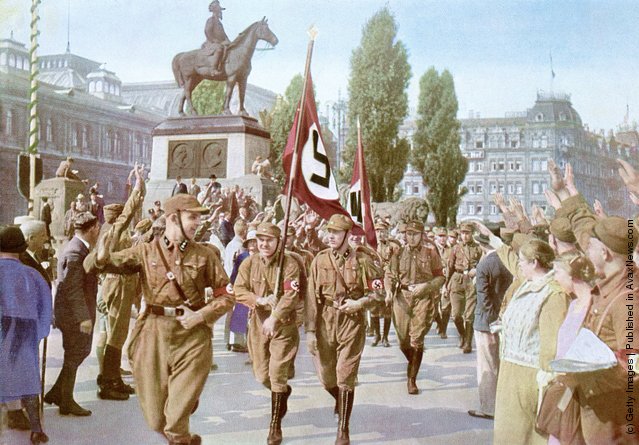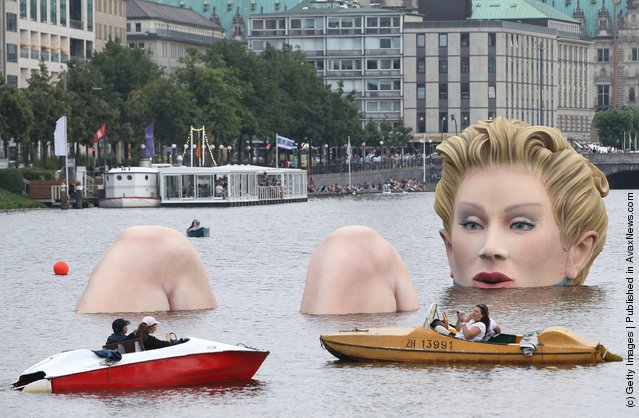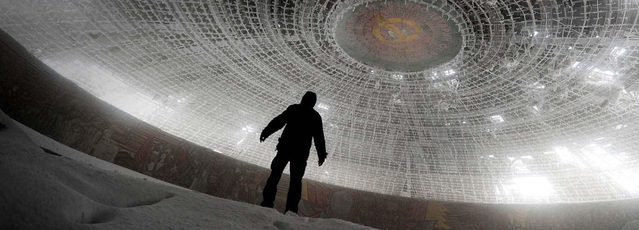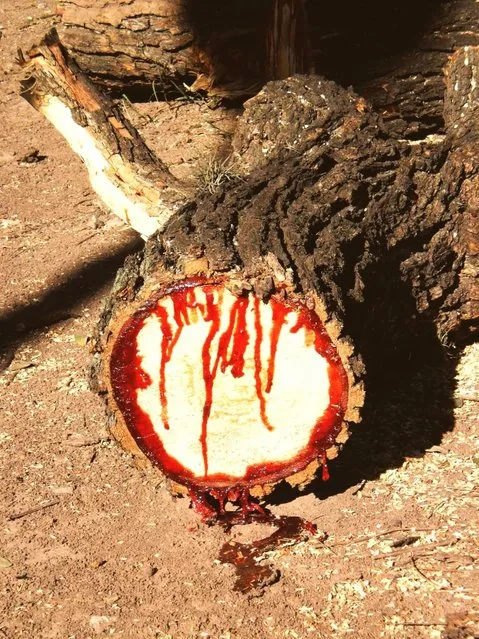
Photographer Khalid Alhammadi really has got his head in the clouds as he scales some of the Middle East’s tallest buildings to photograph iconic landmarks high above the rising mist. Khalid’s breathtaking shots over Abu Dhabi look almost otherworldly, with skyscraper tips and mosque towers poking through the eerie fog. Here: Night view of Abu Dhabi. (Photo by Khalid Alhammadi/Caters News Agency)
13 Mar 2018 00:03:00,post received
0 comments







